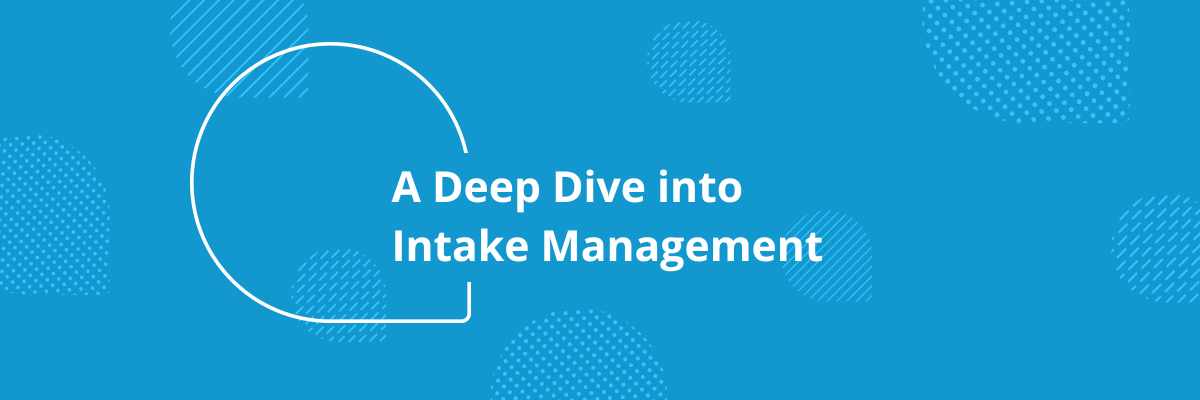In the dynamic world of Sourcing and Procurement, professionals grapple with multiple challenges: processing requests, managing procurement projects, and the effective orchestration of technology-enabled processes. The reality? It's challenging to find a single platform that addresses every need comprehensively.
One key component of this complex jigsaw is Intake Management. It's where it all begins: getting the request right. This involves balancing the needs of two major stakeholders: the requester and the procurement buyer.
Let's see what these diverse needs look like:
For the Requesting Stakeholder
- Request portal: A user-friendly, web-based portal is non-negotiable. This portal should ensure that all information necessary for the buyer is gathered, from high-level categories to budget allocations.
- Process visibility: A transparent procurement process enhances accountability, facilitates real savings, and ensures stakeholders can track the progress of their requests in real-time.
- Asynchronous messaging: An efficient platform will facilitate uninterrupted communication between the stakeholder and buyer, allowing for quick queries and clarifications.
- S2P platform integration: The procurement process must be seamlessly integrated, from strategic sourcing to spend analytics, ensuring stakeholder involvement at every pivotal juncture.
- Budget tracking: Stakeholders should have clarity on available budgets before placing a request, ensuring effective financial management.
- Alerting: Timely alerts about any requirements or updates are crucial for a seamless procurement process.
For the Procurement Buyer:
- Request to process: The transition from receiving a valid request to initiating a procurement project should be smooth, allowing for easy categorizations like strategic sourcing or catalog buys.
- Sourcing/procurement workflow process definition: The platform should enable the creation of workflows for each category of goods and services, with embedded tools and resources.
- Integrated approval workflows: As procurement costs rise, ensuring checks, balances, and transparent approvals becomes pivotal.
- Project management integration: For complex acquisitions, the platform should either offer robust project management features or integrate seamlessly with a dedicated project management module.
- Policy tracking: Adherence to policies ensures the standardization of procurement processes, making it crucial to have them centralized and easily accessible (for stakeholders, too).
- Alerting: Just as with stakeholders, buyers too should receive real-time alerts, ensuring they're always in the loop.
While the above features form the foundation, a robust intake module should aspire to offer even more. As the Sourcing and Procurement industry evolves, it's imperative for professionals to harness technology that not only meets but also anticipates their needs.
More on Source-to-Pay
Previous article: Unleashing the Power of Seamless S2P Processes

.png)
-2.jpg)

